For 40 years Enver Hoxha followed in Stalin’s footsteps and ideals during his rein in Albania. Hoxha did everything he could to keep the Soviet Era legacy alive and that meant repeated political killings, forced labour, and secret law enforcement controls were a regular thing.
During those years, life in Albania was fairly challenging just as any other country that strictly followed communism. As time went on, Hoxha’s health started to deteriorate and on April 11th, 1985, he died during the early hours of the day.
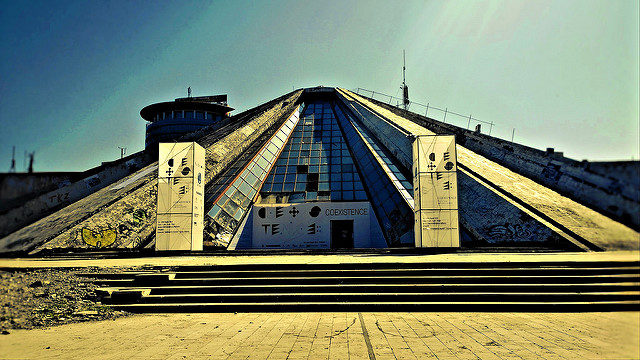
In order for Enver Hoxha’s legacy to stay for eternity, his daughter and her companion in life came up with an idea that employed just that, keeping the memory of Enver Hoxha as fresh as possible.
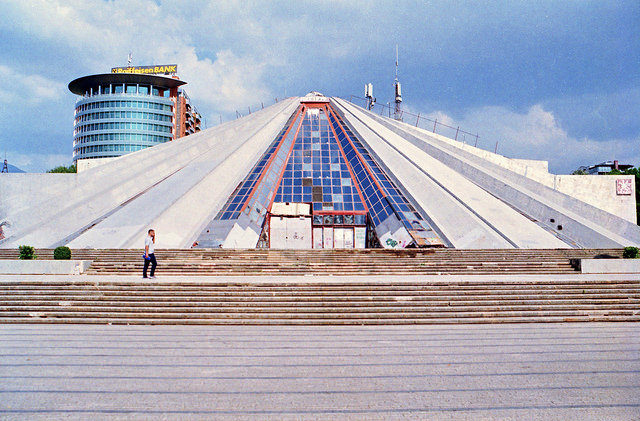
Their idea was to build a museum which was to be shaped like a pyramid, for the “pharaoh of communism and his iron fist”. The monument took three years to complete.
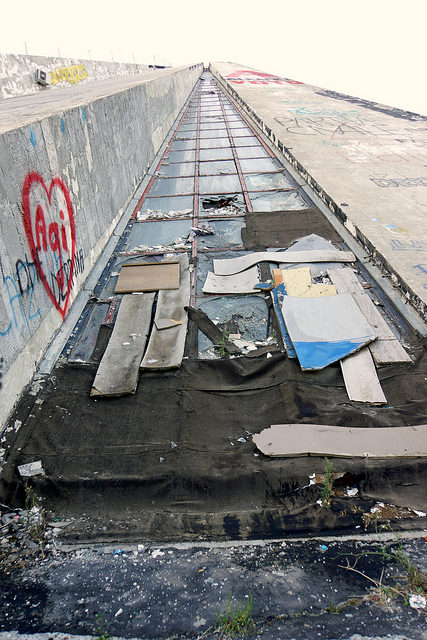
The structure itself cost the Albanian economy a great deal of money, but nonetheless it came to be and was opened officially 1988. It functioned as a museum for just a tiny amount of time before another death also occurred, and this time it was the end of communism itself in the country.
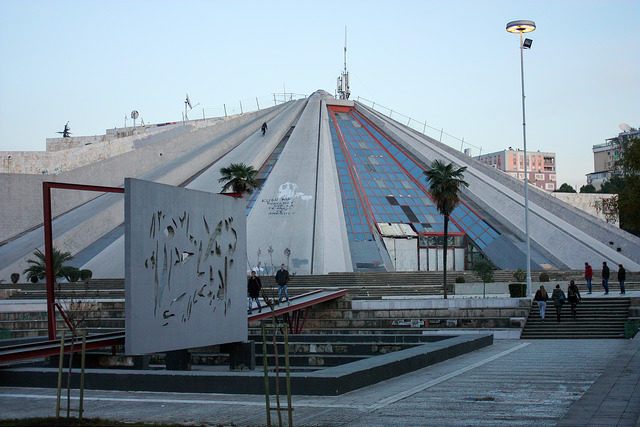
After a long and exceedingly inflexible period, Albania as a country was now open to the world. Naturally, the politicians started to take a different path, away from the ‘Iron Fist’ and toward another union, the European Union.
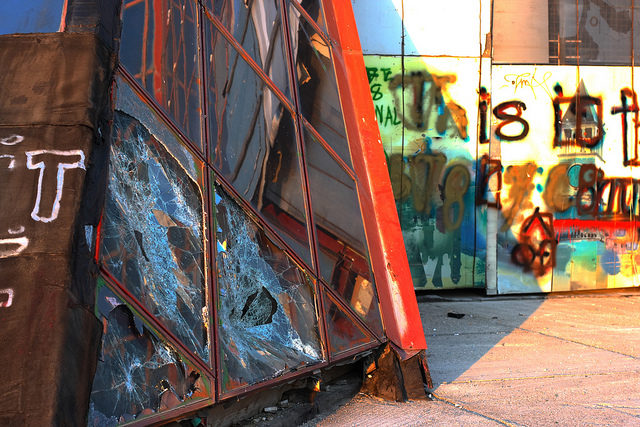
And as the politics changed so did the rest of community. The pyramid-museum was given a new name, and its new purpose was to function as a conference centre.
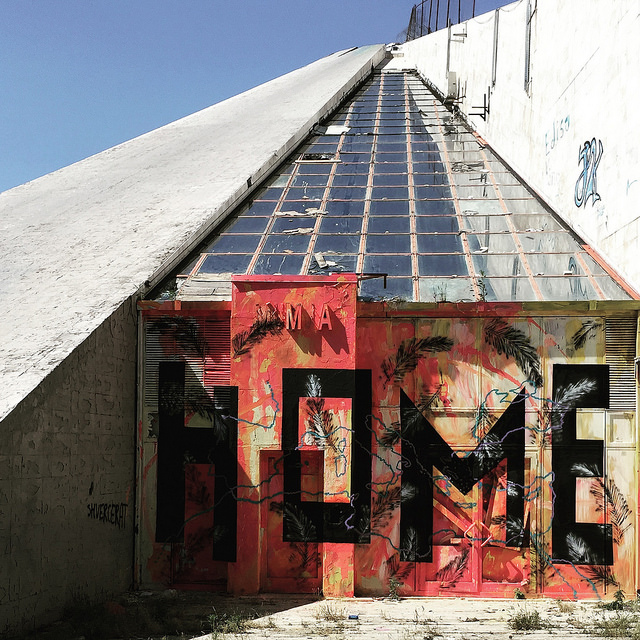
At the turn of the century, Kosovo fell into war. During this period, the pyramid structure received yet another purpose. This time it was used as a base for NATO. Inside this colossal concrete structure, the humanitarian headquarters were situated.
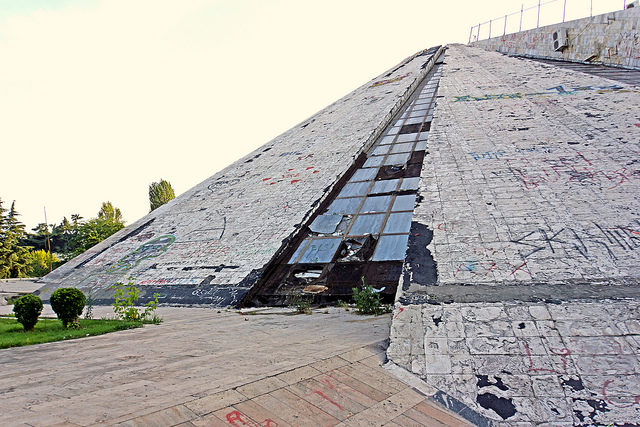
Two years after the Kosovo conflict, which was resolved with the involvement of the North Atlantic Treaty Organization, the pyramid of Tirana was ready for another new role. It now served as the new home for the television station Top Channel.
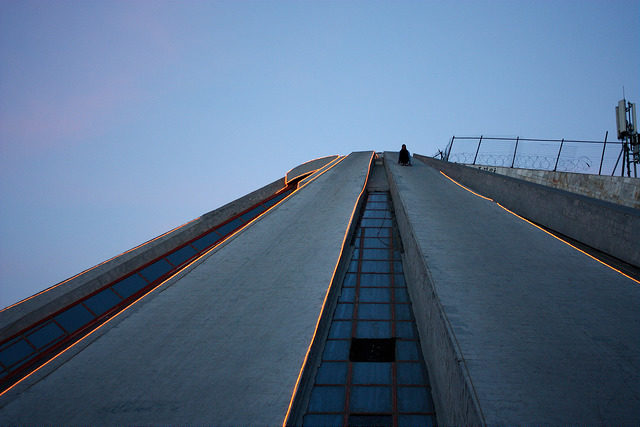
Even this chapter of Tirana’s Pyramid existence came to an end and now a darker and gloomier chapter was to be written. Thousands of people, men and women, stormed the pyramid in 2011 as an act of disapproval of the government, its corruption and the fake results from the election.
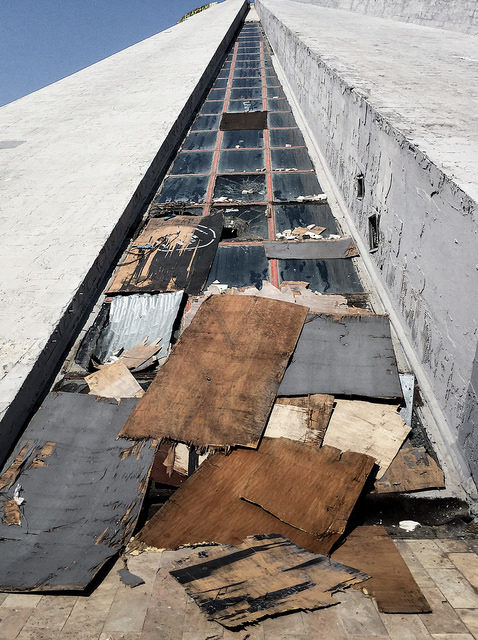
For the rest of the world, this period is known as the “January 21 events”. With time, the Albanian government came to favor an idea in which the pyramid is leveled with the ground and in its place, a fresh new building that would serve as the Albanian Parliament. They even set a target date, a period in which the idea was to be finalized and that date was the Albanian Independence of 100 years since the Ottoman occupation.
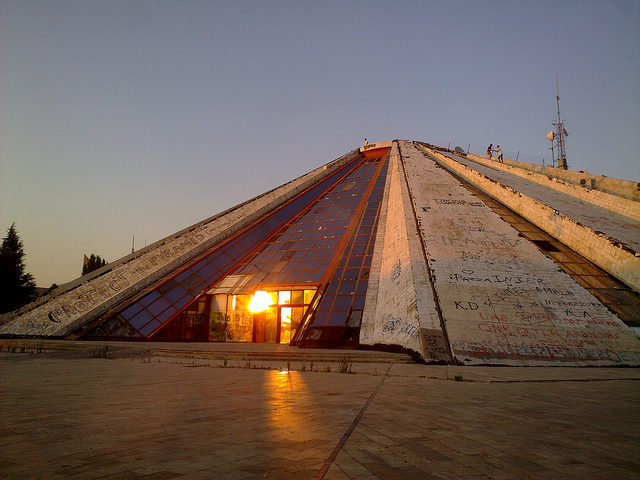
But nothing happened and the pyramid was left to slowly decay in its loneliness. There were many proposals for this structure. Some in favour of its destruction and the rest hoping that it will remain as a monument to the harsh period in which Albania found itself, and those that suffered badly under the iron fist.
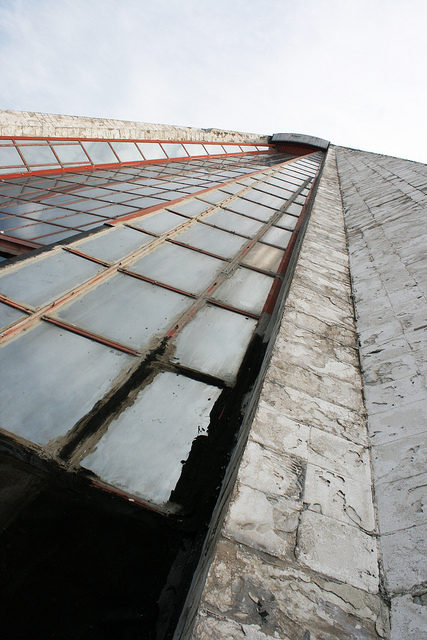
As negotiations and different parties fight for their solution for this structure, the Tirana Pyramid itself fights with time and all of nature elements. Vandals and all sorts of nifty little hooligans leave their mark on the walls of the pyramid.
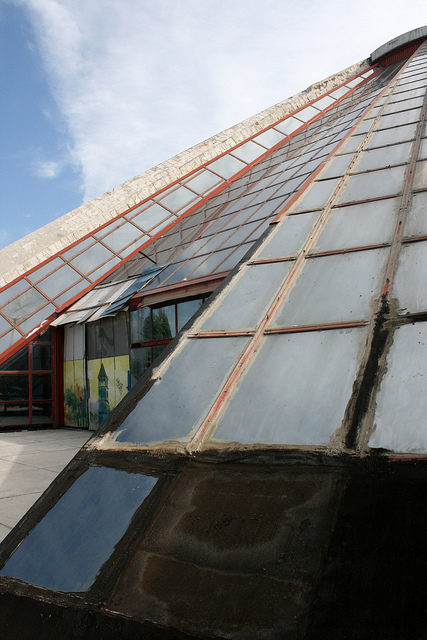
Part of the pyramid’s property is used as parking space. The Tirana Pyramid itself still stands and awaits its new purpose or fate, as people still quarrel over its preservation or demolition.
